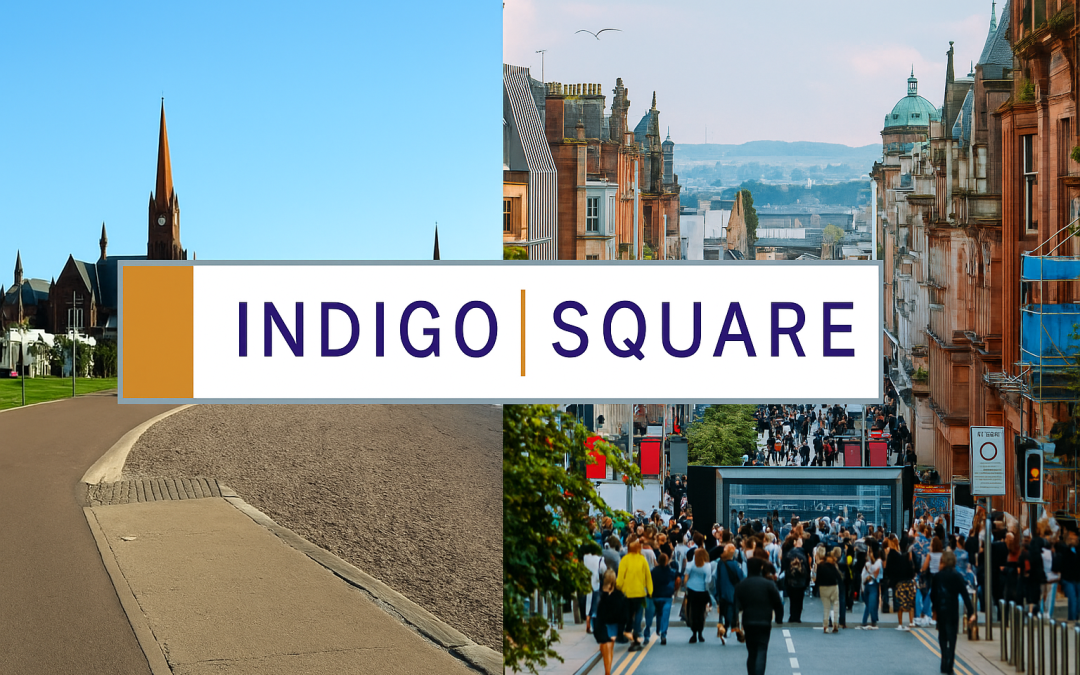First-Time Buyers Are Skipping the Ladder and Going Straight for the Family Home
Once upon a time, buying a flat was a rite of passage—a first step onto the property ladder. From there, homeowners would gradually “climb the ladder,” trading up from one-bed flats to starter homes and eventually to family-sized houses. But today’s first-time buyers are rewriting that story.
Across the UK—and notably here in Scotland—young buyers are increasingly bypassing the traditional entry-level flat and going straight for the family home. In towns like Stirling and Dundee, and cities such as Edinburgh and Inverness, more and more people are skipping the small steps and opting for the big leap.
According to new data from Hamptons Estate Agents, 73% of first-time buyers are now purchasing houses rather than flats. That’s a significant rise from 62% just a few years ago in 2020. The average age of a first-time buyer has climbed to a record 33.1 years, suggesting that many are waiting longer, saving more, and thinking long-term.
Planning for the Long Term
For many, it’s a matter of practicality. With the cost of moving—especially with families—rising significantly, buyers are looking to future-proof their first property purchase. Concerns about starting a family and needing more space down the line are pushing people to secure a “forever home” from the outset.
In Scotland’s urban and semi-rural markets, this trend is clearly visible. “We’re seeing more first-time buyers skip starter flats and head straight for family homes,” says Brian Gilmour, property expert and Director at Indigo Square. “With the average buyer now over 33, many are choosing space and longevity over early steps on the ladder.”
Stamp duty reliefs also play a role. First-time buyers pay no Land and Buildings Transaction Tax (LBTT) in Scotland on purchases below £175,000, and relatively low rates up to £250,000. In England, the nil-rate band extends to £300,000. These incentives make it financially viable for buyers to put more money toward a larger property.
What It Means for the Market
This change is starting to reshape the wider property landscape. With demand dropping for smaller flats and studios, especially in areas like Glasgow’s West End and parts of Aberdeen, we’re beginning to see an oversupply in these segments of the market.
“The shift is putting pressure on developers and landlords to rethink their investment strategies,” Gilmour notes. “In Edinburgh and Inverness, we’ve already seen investors refocus toward family housing. The flat market is softening.”
There’s also the lingering effect of the Grenfell tragedy, which continues to impact buyer confidence in multi-storey developments. Some buyers are hesitant to invest in flats due to concerns over cladding and fire safety.
Developers Are Reacting
Developers are already adjusting their strategies in response to buyer demand. In commuter-friendly areas such as East Lothian and Fife, the focus is shifting toward building more three- and four-bedroom homes. These areas offer a blend of affordability, space, and access to urban centres—perfect for buyers looking to settle down.
And while average flat prices in Britain have risen 16% over the last five years, the average price of a terraced house has jumped by 31%. That suggests buyers are willing to stretch further for more space and long-term value.
A New Property Journey
This isn’t just a passing trend—it signals a fundamental shift in how younger generations approach homeownership. Living longer with parents or in flatshares allows them to save longer and aim higher. For many, it’s about making one big move instead of several smaller ones.
For estate agents, landlords, and developers, the message is clear: the property ladder is changing, and it’s time to build and plan accordingly.
Want help finding your forever home in Glasgow, Largs, or across the West of Scotland?
Contact Indigo Square—your complete residential property partner for sales, lettings, and factoring advice.

Recent Comments